i - Lagunas de Lantajuela
Hoya de la Verde Sal - In the context of this complex a hoya is, as I understand it, a shallow depression prone to flooding but drainage (or the lowering of the water table) seems to have reduced the Hoya de la Verde Sal to just another arable field. Nothing remains of the poor tussocky vegetation that marked it out a decade or so ago and the only reminder of its former status is a muddy smudge in its centre.
Laguna de Ballestera - Happily this laguna was much as I remember it and was teaming with ducks (mainly Shoveler), a few Flamingo and a couple of Cranes. However, the perimeter of what looks like builders' rubble shows how close it too came to extinction as a wetland.
Laguna Consuegra - My recollection may be at fault but in the past I'm sure that Laguna Consuegra was plainly visible from the SE 705. However, on my recent visit all I could see were some distant willow scrub suggesting that it too was dry (or at best slightly damp) although I admit I didn't look too hard or venture along the tracks heading that way. A bonus here, though, was a small flock of Cranes.
Laguna de la Turquillas - as this site is sometimes referred to as a hoya rather than a laguna it is not, perhaps, surprising that it's often dry but I had hoped to see some water here in midwinter. When wet this can be a great place for Collared Pratincole, marsh terns, ducks, etc. but, frustratingly, there's nowhere you can legally park to view the laguna. That's not quite true as there is a car park off the A351 from which you can walk (c700m) along a sendero to a viewpoint overlooking this laguna but the track is invariably gated and invariably locked.
Lagunas de Calderon - Chica & Grande - These lagunas are off the A351 immediately south of Laguna de la Turquillas. The larger, but shallower, Grande was dry but the smaller laguna, Chica, looked full and inhabited by birds. Exactly how many birds and of which species is less easy to ascertain as these lagunas too are invariably locked away behind the gate and there's nowhere to safely or legitimately to park. Even if - mirabile dictu - the gate's open, the car park is useless as there's no indication of opening times (if there are any). Hence the substantial sums of EU money spent on conserving the lagunas and developing 'ornithological tourism' here appear to be wasted (when I asked at the Osuna Tourism Office some years ago they knew nothing about access).
Laguna Ruiz Sanchez - I only briefly tried to see what the situation was regarding this laguna and then only from the main road as the track I've used previously was in poor shape. I was not surprised that it was easier to find evidence of potentially damaging agricultural activity (laying drainage pipes) than the laguna itself. Concrete blocks with manhole covers have sprouted in fields all along this section of the A351 which may explain the absence of flooded fields I've seen here in previous winters. Clearly, far more money has been spent on improving farming than preserving wetlands here ...
ii - Lagunas de Puerto Santa Maria
iii - Lagunas de Espera
iv - Lagunas de Lebrija
Happily water levels at this laguna were good this February when I visited the site with plenty of wildfowl (c400 Shoveler, c200 Red-crested Pochard, c130 Mallard, c30 Teal, c25 Gadwall and a similar number of Pochard but only 2 White-headed Ducks) and c250 Flamingo).
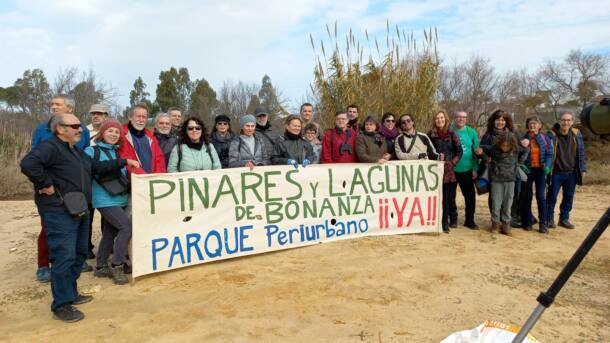 ... but all is not what it seems.
... but all is not what it seems. Despite the good work of Ecologistas en Acción and others, my tour of lagunas (real and virtual) has left me deeply concerned about their future or, indeed, whether they have a future at all. Whilst the cycle of dry and wet years are part of the essential ecology of these lagunas, a combination of increasingly dry winters and more intensive agriculture seems to have resulted in a lowering of the water-table making many former lagunas no more than, at best, damp hollows. Despite the heroic efforts to restore lagunas like Tollos, Ruiz Sanchez, Calderon, etc conservationists will never have the resources (financial and political) enjoyed by large land-owners and agriculture. In Spain, just as elsewhere, it seems that the lefthand doesn't know what the right hand is doing with lofty conservation projects being undermined by grants/subsidies to intensify agriculture. The lack of practical management evident at several sites and the half-cocked attempts to encourage "ornithological tourism" in Andalucia don't help; it can and is being done in other regions in Spain.
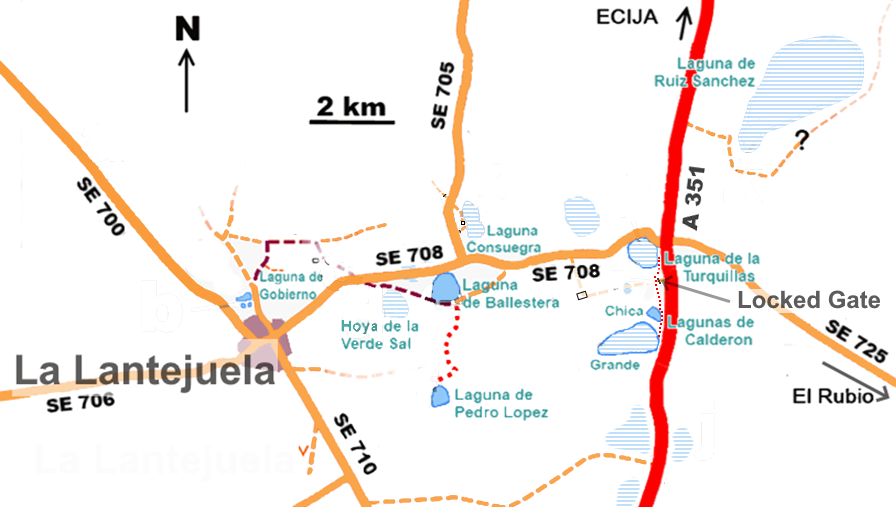
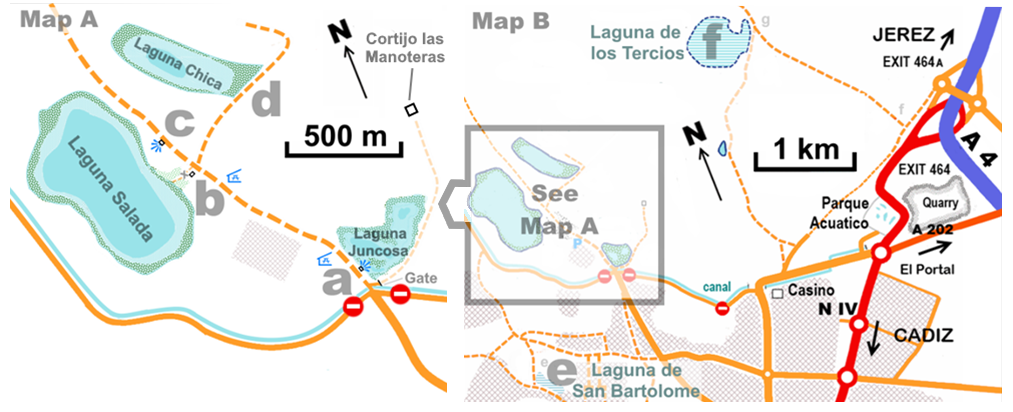
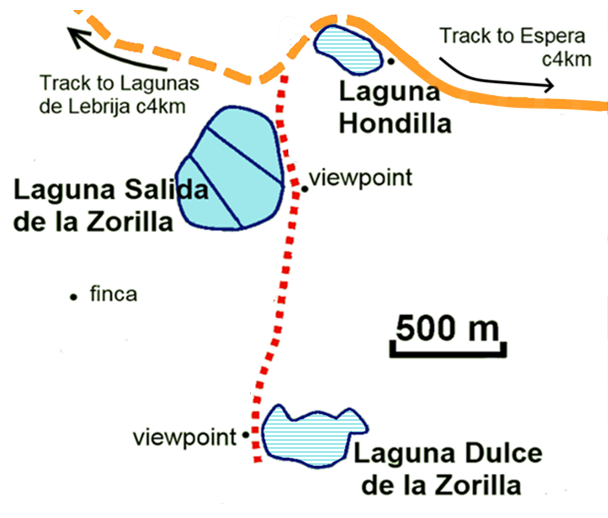
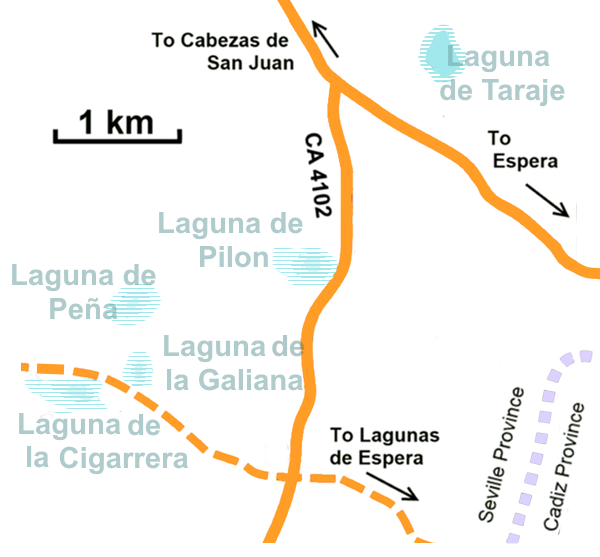
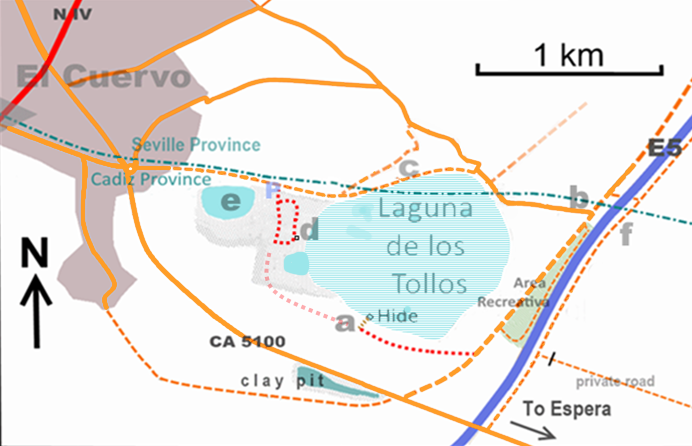

 RSS Feed
RSS Feed
